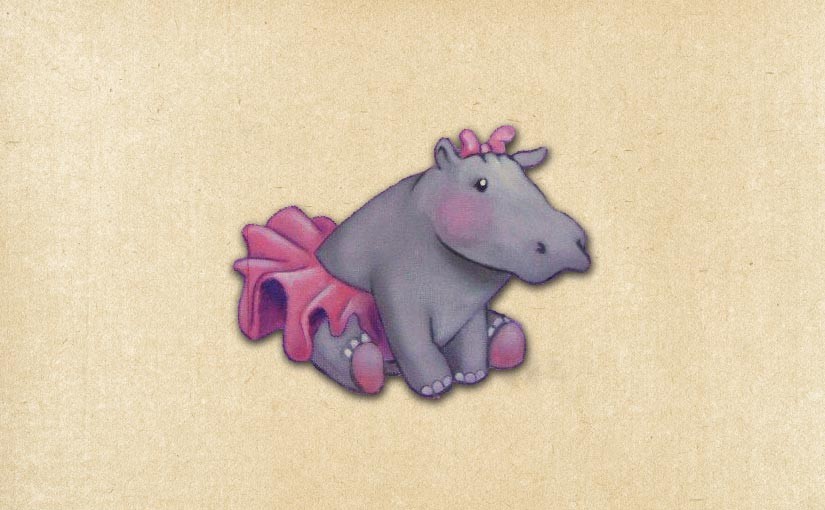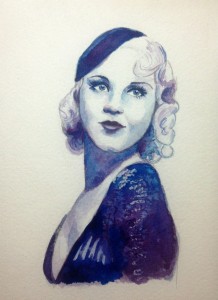When I was in college, I was very involved in our college competitive swing dancing team. I was dancing about 4-5 times a week, so it only made sense that the artwork I created in college was inspired by dance and movement. I’m very proud of the artwork that I created during my time in college and my professors encouraged me to push myself and to explore what “drawing” really was.
After college, I worked as a middle school art teacher in Greeley. I won’t go into too many details about my teaching experience, but because of the stress and the workload, I didn’t have much of a social life and I didn’t have any time to create art. These factors, and others that I won’t go into at this time, started to create a sort of void in my life. I thought to myself, “Wasn’t the whole reason I became a teacher to create and encourage others to create art?” I had imagined teaching as an extension of the creating that I had been doing up until that point, but teaching was draining me of my creativity and any energy that I had left to do anything productive.
Upon leaving the world of teaching, I had a lot more time to create artwork. In fact, I had so much time that I actually didn’t know what to create. It was as if I had taken a year off of creating any artwork for personal use and I didn’t know what to do with myself. I tried to create some dance inspired artwork, but because I was no longer dancing, I didn’t have the same connection to the new pieces I created. I wanted to create artwork, but I didn’t know what I was passionate about anymore.
While I tried to figure out my new style, I displayed some of my old artwork at the local coffee shop and was fortunate enough to sell some work and earn some commissions. I tried to come up with ideas for paintings that I thought customers would want to buy. I filled up Pinterest inspiration boards with pictures of flowers and landscapes… nothing inspired… just images that I thought a prospective customer might think, “That would be a nice piece to help decorate my wall.”
Not surprisingly, the pieces that I displayed the next month, the artwork I had created for my imaginary customers, did not sell. Because I wasn’t involved with my work on a personal level, people weren’t making a personal connection with my art. It’s not enough to create a technically skilled piece of artwork. I’ve learned that in order for a piece of artwork to be successful, it needs to create an emotional response from the viewer.
My New Year’s resolution was to draw everyday in my sketchbook. My sketches didn’t start off pretty. In fact, it was hard to come up with ideas, so I ended up looking up photos of celebrities or animated characters that I could try to replicate. I drew crude ballpoint pen drawings of my succulent plants and tea strainers. Slowly, my drawing skills started to return, and so did my creativity. I gave myself “challenges” like, “30 days of pen drawings,” “30 days of watercolor paintings,” and “30 days of mixed media.” I rediscovered my love of watercolors and slowly started to see my new style start to emerge.
Seeking more inspiration, I decided to take an online class on visual storytelling through Skillshare, an online site where you can learn everything from culinary arts, graphic design, coding, business and fashion illustration from a variety of instructors. The class I took was taught by a Disney animator and during the two weeks I was enrolled in the class, we were asked to create a work of art that told a story in one image as well as create a storyboard depicting a scene from Greek Minotaur story.
I consider the first piece that I created for the class, “Balancing Act,” to be the piece that kicked off my “new style.” The piece was inspired by a sketch I had done during one of my sketchbook challenges. I had painted a tightrope walker walking on a string of barbwire. I had painted it over a journal entry I had written expressing the anxiety and doubt I had been feeling at the time. Using the new knowledge I had gained from my Skillshare class, I re-created the image using a more dynamic perspective. I felt proud of what I had accomplished, and with some encouraging comments from the instructor, I knew for sure that I was onto something. More importantly, it was the first piece that I had done in a long time where I found myself thinking, “I’m proud of this.” (For the record, it’s still one of my favorite pieces)
Before, when I was trying to find my new style and discover who I was through hundreds of sketchbook drawings, I often found myself getting discouraged. I would see the work of artists that I admired and I would feel technically inadequate. I could never get my work to be photorealistic enough or have loose enough brushstrokes. I teach painting at a local paint and sip studio and always tell our customers, “Everyone’s paintings will look different, and that’s okay. All of our brushstrokes are different just like how our handwriting is unique to us. The process is just as important as the product.” I realized I hadn’t been taking my own advice, and embraced the strengths that I did have. I felt pretty darn good about my watercolor paintings, and it didn’t matter if my figures weren’t photorealistic or loose and abstract. My paintings were based on my personal experiences and I was making deep, therapeutic connections with every brushstroke. I wasn’t making art with a specific audience in mind – I was creating artwork for my personal enjoyment. Was my work pushing the boundaries of what “art” and “drawing” could be? No, but it didn’t matter because I loved what I was creating.
When I displayed my new paintings at a local coffee shop, I got a very positive response. I sold work, yes, but more importantly, I got a lot of feedback from people expressing how they had made a personal connection with my work. When you create artwork that you love, people know. The reason the paintings I had created with the customer in mind didn’t sell was because they weren’t made with the same depth of feeling as my other work. Maybe that sounds like touchy-feely emotional garbage, but I think it’s true. We need all kinds of art in the world. We need artists who can create technically and scientifically accurate paintings of things like an eye, but we also need artists who can look into that same eye and see someone’s soul. For me personally, the latter has been more rewarding.




